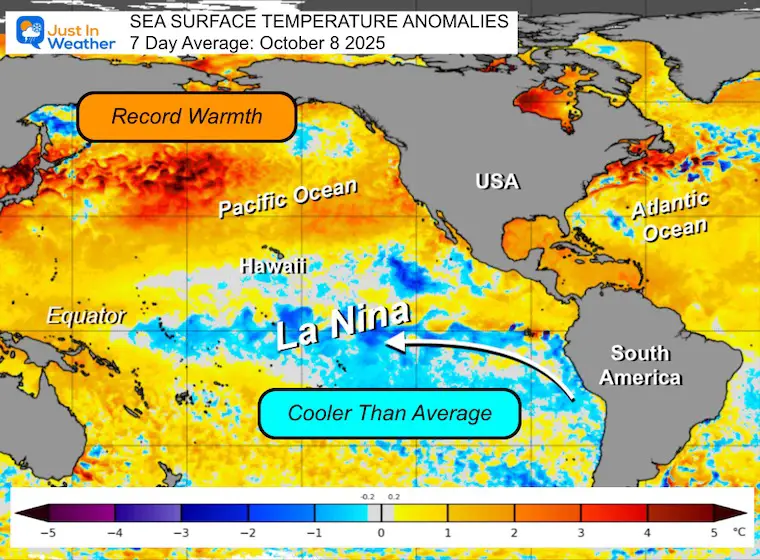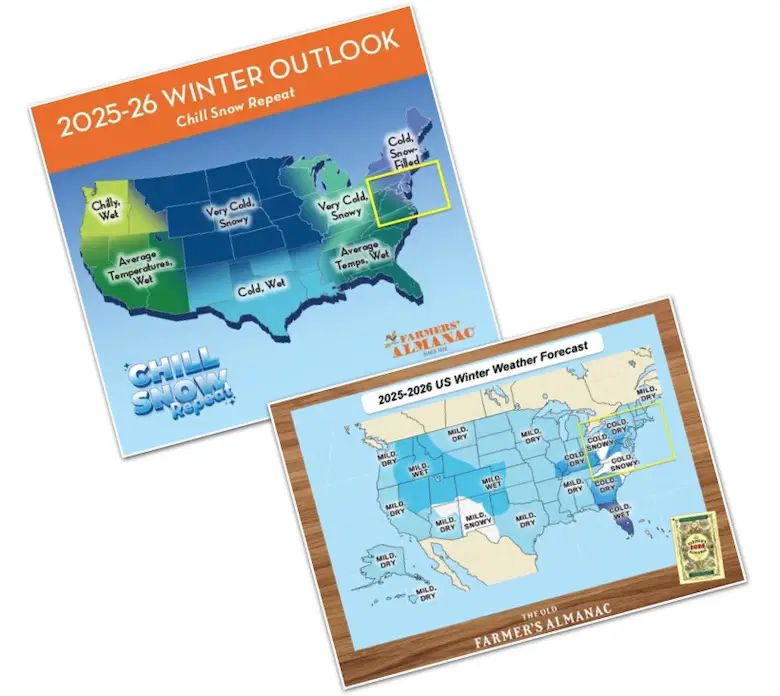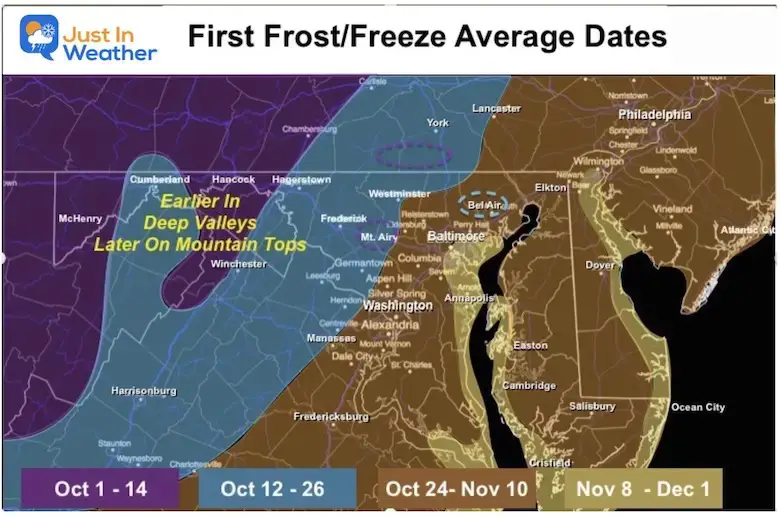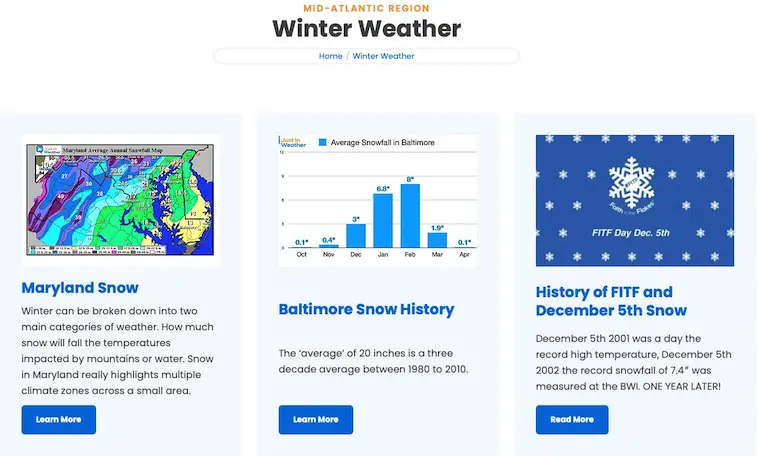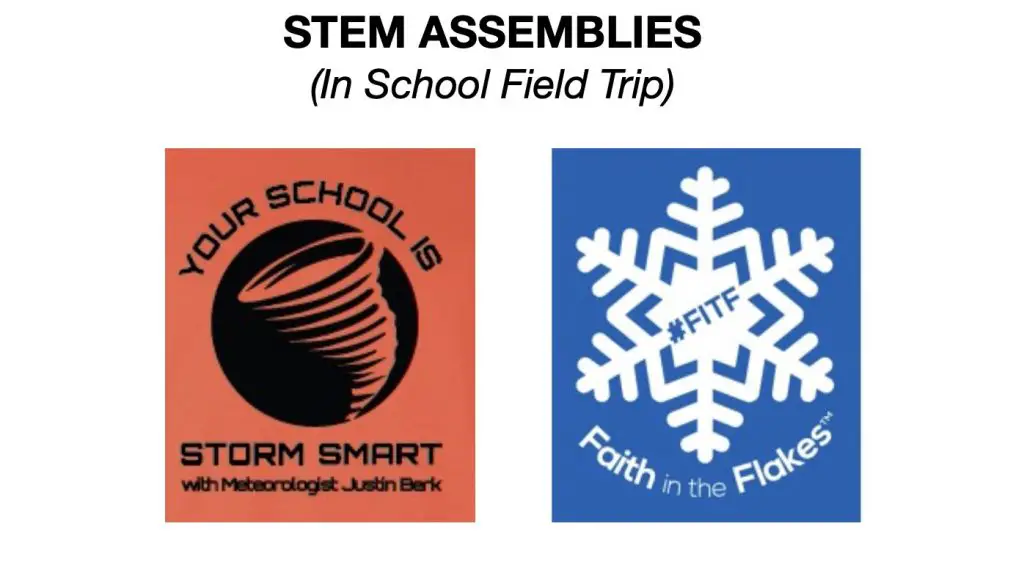Full Beaver Supermoon On November 5 The Closest Of This 4 Month Stretch
Tuesday November 4 2025
We will be treated to a sky show of a Supermoon that will be the largest and brightest in 6 years. The Full Beaver Supermoon will be at its closest to Earth at 5:30 PM on Wednesday November 5. It will be 14% Larger AND 30% BrighterThis is the second in a 4 month stretch of supermoons, which is when the full moon occurs during the closest part of the orbit around Earth. This is known as perigee.
That time is 5:30 PM on Wednesday, but we will see a moon rise before sunset and looks close to full. Then another moon rise on Thursday roughly an hour after sunset that may also look big, bright, and nearly full.
4 Supermoons In Row
Due to the setup of the orbit, we will have the correlation of the full moon with the perigee for four months in a row.
The closest will be November 5. The December 4 supermoon will be almost as close, and we will not be able to tell the difference.

Moon’s Elliptical Orbit Around Earth
The cycle around Earth is not a perfect circle; it is an ellipse. The closest part is called the perigee, and the farther away it is the apogee.
The orbit of the moon around Earth is an ellipse rather than a circle. That shape means there are times when the two bodies are far apart (apogee) and close together (perigee).
- The average distance is 238,900 miles
- Perigee average is 221,500 miles
- Apogee average distance is 252,700 miles
- This October 6th Full Moon will be 224,600 miles away from Earth. Roughly 14,000 miles closer than average distance.
- The next THREE will be even closer.
What Is A Supermoon?
This supermoon will be the first of four in a row. The full moon will occur while the illumination is within 90% of the perigee, making the moon appear larger and brighter than average.
The full range can be a micro-moon or a full moon at apogee; the supermoon will appear 14% larger and 30% brighter.
But compared to average, we can expect 8% larger and 15% brighter.
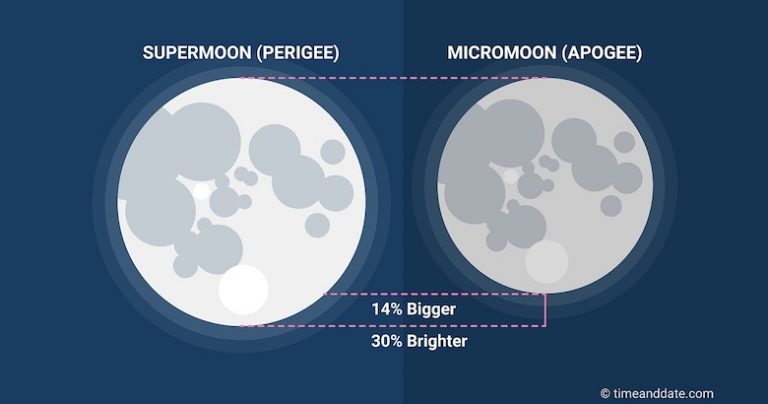
If you want a vertical graphic to share on social media, I used this on my posts on Facebook and X.

The FIRST: Full Supermoon October 6
224,600 miles away at 11:48 PM EDT
Name: Harvest Moon or Corn Moon. This was named by farmers as the extra light allowed for harvesting into the night closest to the Autumnal Equinox.
This is our SECOND: Full Supermoon November 5
221,726 miles away at 5:30 PM EST
This will be the CLOSEST of the year! That means the largest and brightest as well.
This is also known as The Beaver Moon because Native Americans saw beavers setting traps or more actively building winter dams/homes.
It is also called The Frost Moon, as it can correlate to the first frost of the season. Around the Great Lakes the Potawatomi Tribe called this the Turkey Moon.
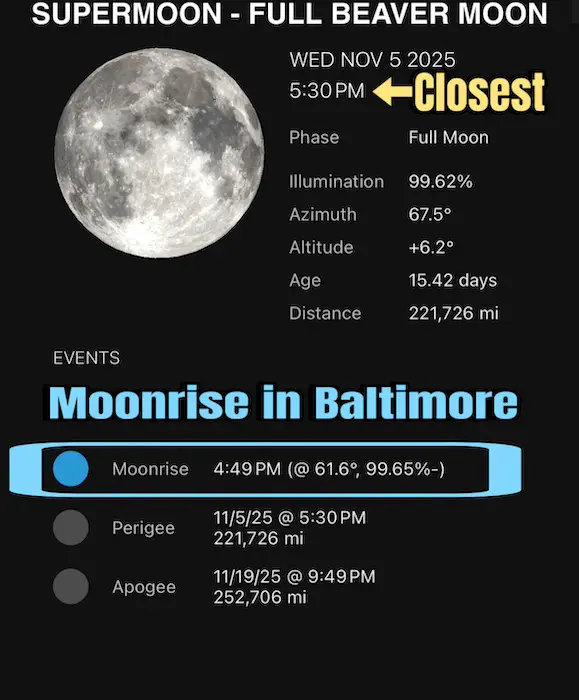
THIRD: Full Supermoon December 4
221,965 miles away at 6:15 PM EST
This will be nearly identical to the Beaver Moon distance.
This is known as the Cold Moon, as it correlated with the freezing temperatures and the start of winter. Personally, this corresponds with my celebration of the start of Faith in the Flakes with my older son in 2009.
FOURTH: Full Supermoon January 3, 2026
222,160 miles away at 5:01 PM EST
This is known as the Wolf Moon, as natives noted the pack animals would run together to conserve energy and resources as they are scarce during the middle of the cold season, with the ground covered in snow.
Comparison
Closest Supermoons Between 2016 and 2026
November 14, 2016 221,533 miles
December 3, 2017 222,443 miles
January 2, 2018 221,583 miles
February 19, 2019 221,734 miles
April 8, 2020 221,851 miles
May 26, 2021 222,117 miles
July 13, 2022 222,089 miles
August 31, 2023 222,043 miles
October 17, 2024 222,056 miles
November 5, 2025 221,817 miles
December 24, 2026 221,668 miles.
Subscribe for eMail Alerts
Weather posts straight to your inbox
Sign up and be the first to know!
Weather posts straight to your inbox
Sign up and be the first to know!
Please share your thoughts and best weather pics/videos, or just keep in touch via social media.
-
Facebook: Justin Berk, Meteorologist
-
Twitter
-
Instagram
In Case You Missed It
Woolly Bear Caterpillar Winter Folklore
These are NOT all the same caterpillar! Click here for more…
La Niña Advisory
This was issued October 9, as expected: A weak and short-lived event to start winter may play a different role this winter
Comparing Two Farmers Almanacs Winter Outlooks
Average First Frost
Normals And Records: Maryland and Baltimore Climate History
STEM Assemblies/In School Fields Trips Are Back
Click to see more and ‘Book’ a visit to your school
THANK YOU:
Baltimore Sun Magazine Readers’ Choice Best Of Baltimore

Maryland Trek 12 Day 7 Completed Sat August 9
UPDATED: We raised OVER $166,000 for Just In Power Kids – AND Still Collecting More
The annual event: Hiking and biking 329 miles in 7 days between The Summit of Wisp to Ocean City.
Each day, we honor a kid and their family’s cancer journey.
Fundraising is for Just In Power Kids: Funding Free Holistic Programs. I never have and never will take a penny. It is all for our nonprofit to operate.
Click here or the image to donate:
RESTATING MY MESSAGE ABOUT DYSLEXIA
I am aware there are some spelling and grammar typos and occasional other glitches. I take responsibility for my mistakes and even the computer glitches I may miss. I have made a few public statements over the years, but if you are new here, you may have missed it: I have dyslexia and found out during my second year at Cornell University. It didn’t stop me from getting my meteorology degree and being the first to get the AMS CBM in the Baltimore/Washington region. One of my professors told me that I had made it that far without knowing and to not let it be a crutch going forward. That was Mark Wysocki, and he was absolutely correct! I do miss my mistakes in my own proofreading. The autocorrect spell check on my computer sometimes does an injustice to make it worse. I can also make mistakes in forecasting. No one is perfect at predicting the future. All of the maps and information are accurate. The ‘wordy’ stuff can get sticky. There has been no editor who can check my work while writing and to have it ready to send out in a newsworthy timeline. Barbara Werner is a member of the web team that helps me maintain this site. She has taken it upon herself to edit typos when she is available. That could be AFTER you read this. I accept this and perhaps proves what you read is really from me… It’s part of my charm. #FITF






